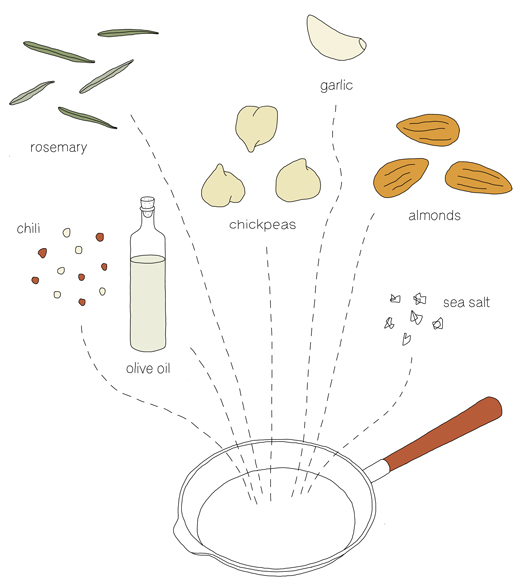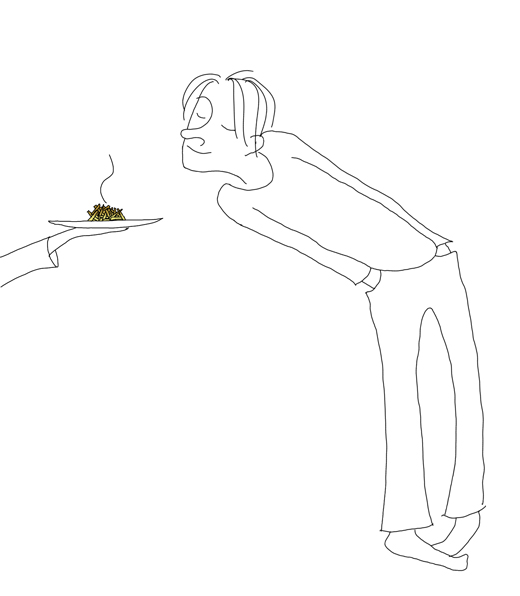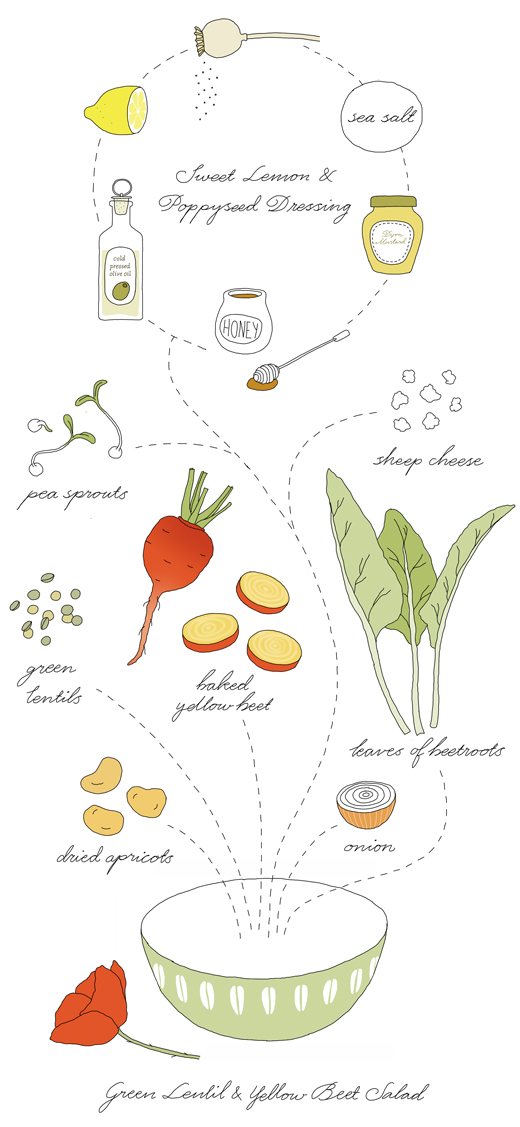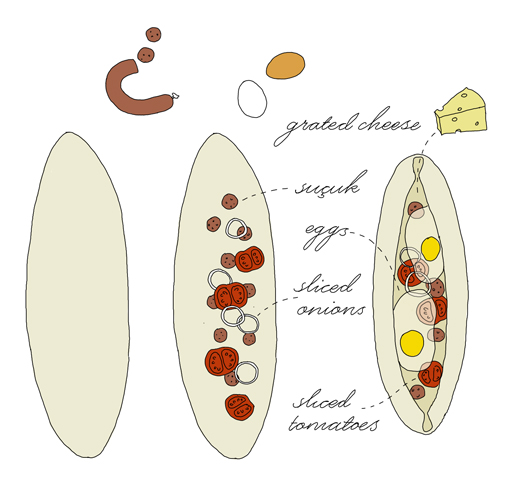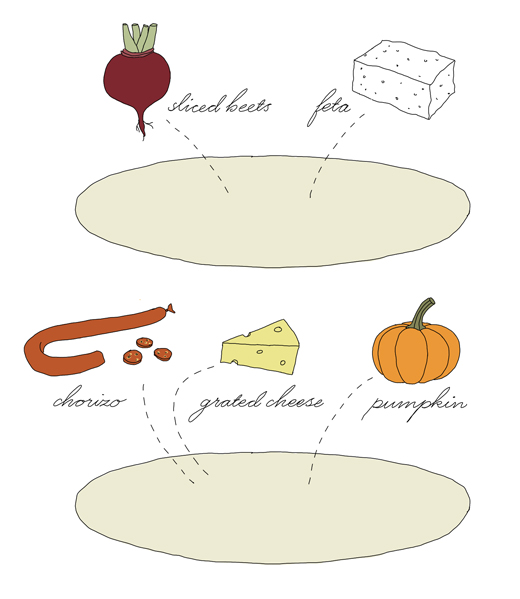My grandmother always served chocolate coffee mousse for dessert and I loved it. But as a kid, I didn’t really like coffee on its own. The first time I ever drank coffee I kept adding sugar to make it taste better… it just made it worse and it took me years to recover. Today, now that I have learnt to love coffee (especially strong and black), I still can’t imagine drinking coffee with sugar.
Oh well, coffee in cakes, ice cream or chocolate mousse is a always a treat (and in my upcoming book which I co-authored together with Anna Brones, Fika – The Art of the Swedish Coffee Break we share a delicious Hazelnut Coffee Cake recipe). When I started to make chocolate mousse this winter I ended up not flavoring it at all. I just liked it as it was. Thick, chocolaty and totally comforty! The recipe I’m using, is an old classic formula which you can find in Elizabeth David’s book French Provincial Cooking. The recipe is simply described with a few words:
“4 yolks beaten into 4 oz. of melted bitter chocolate, and the 4 whipped whites folded in.”
Her recipe serves 4, which makes this a super clever recipe. You just need to count one egg and one ounce chocolate (about 30 grams) per person.
The illustrated recipe diagram above suggests adding one teaspoon of sugar per serving, which I learnt from Felicity Cloake’s How to make perfect chocolate mousse article in the Guardian.
And I’m sure a little bit of cold coffee, some drops of rum or juice of an orange will work fine to spice it up. As I said, I like it just plain or topped with star anise infused black berries.
*
check also out these chocolate mousse links
Chocolate Mousse (coffee & dark rum) by David Lebovitz (adapted from Julia Childs recipe)
Spizy Boozy Mousse (coffee, cinnamon & ancho chili) by Sara Kate Gillingham @ theKitchn
Swedish Chef making Chocolate Moose – Muppet Show (video)
If you are afraid to get Salmonella by using raw eggs, you can pasteurize them. (I get fresh organic eggs that are free from hormones and antibiotics).
*


